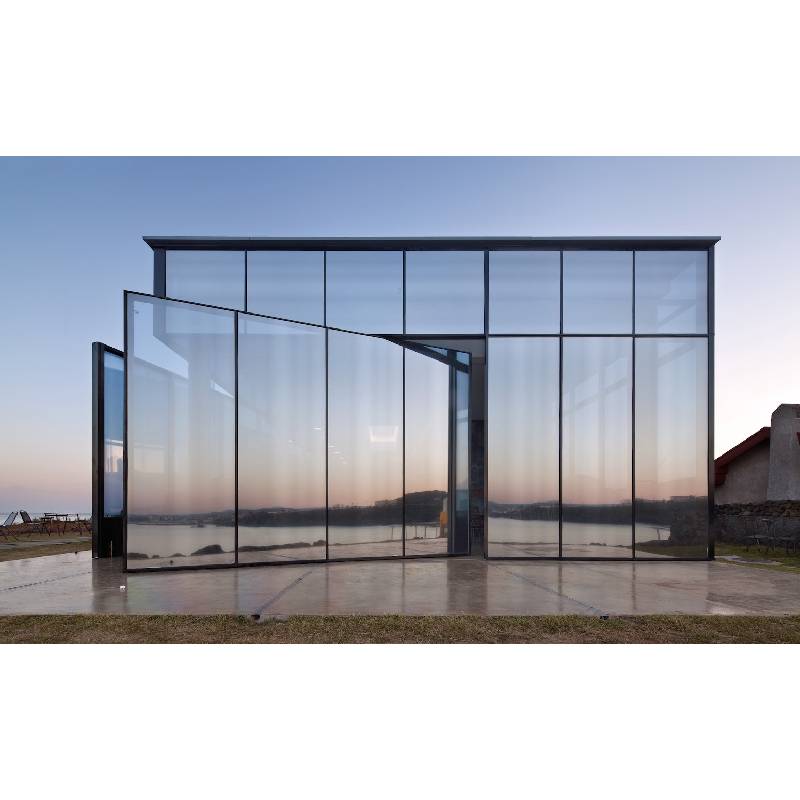

The Benefits and Applications of Strengthened Glass
In contemporary architecture and design, the use of strengthened glass has become increasingly prevalent due to its numerous advantages over traditional glass. Strengthened glass, often referred to as tempered glass, is manufactured through a process of extreme heating and rapid cooling, which enhances its physical properties. This article explores the benefits, applications, and future possibilities of strengthened glass.
Understanding Strengthened Glass
Strengthened glass is created by heating standard glass to over 600 degrees Celsius and then cooling it quickly. This process increases the glass's strength and makes it more resistant to impact, thermal stress, and other potential damages. Unlike regular glass, which is prone to shattering upon impact, strengthened glass is designed to break into small, blunt pieces that significantly reduce the risk of injury. As a result, it is a preferred choice for numerous applications.
Key Benefits
One of the primary benefits of strengthened glass is its enhanced durability. It is approximately five to ten times stronger than ordinary glass, making it an ideal choice for environments where safety is a concern. For example, in cities with high traffic, the use of strengthened glass in bus shelters, storefronts, and building facades can protect against vandalism and accidental impacts.
Additionally, strengthened glass offers exceptional thermal resistance. It can withstand temperature fluctuations without cracking, making it suitable for applications in areas that experience drastic weather changes. This property is particularly beneficial for the construction of large windows and facades in commercial buildings, allowing for expansive views without compromising safety.
Applications in Various Fields

The versatility of strengthened glass means it finds applications across various fields. In the construction industry, it is commonly used as a material for facades, doors, and windows. Its ability to withstand high pressure and impacts allows architects to design larger and more aesthetic structures while ensuring safety.
In the automotive industry, strengthened glass is used for windshields and side windows. The increased strength reduces the risk of shattering, providing greater safety for passengers. Moreover, the lightweight nature of strengthened glass contributes to fuel efficiency in vehicles, making it an environmentally friendly option.
In the realm of electronics, strengthened glass is widely used for smartphones, tablets, and touchscreen devices. The increased durability not only protects these devices from everyday wear and tear but also enhances their aesthetic appeal. With the trend towards more sleek and elegant designs, strengthened glass provides a perfect blend of functionality and style.
Innovations and Future Trends
As technology advances, the production processes and applications of strengthened glass are evolving. Innovations in coating technologies have led to the development of self-cleaning glass, which repels water and dirt, making maintenance easier for buildings and vehicles alike. Furthermore, the integration of smart technology into strengthened glass is opening new avenues for its application, such as in energy-efficient windows that adjust transparency based on sunlight levels.
Sustainability is another important trend in the glass industry. Manufacturers are increasingly focusing on reducing the environmental impact of glass production. The use of recycled materials and energy-efficient processes is gaining prominence, ensuring that the future of strengthened glass is aligned with global sustainability goals.
Conclusion
Strengthened glass represents a significant advancement in materials technology, offering enhanced safety, durability, and versatility. Its applications span various industries, from construction and automotive to electronics, making it an indispensable component in modern design. As innovations continue to emerge, the potential for strengthened glass to contribute to safer, more efficient, and aesthetically pleasing environments is limitless. Its ability to combine function with elegance is a testament to human ingenuity in material science, promising a bright future for this remarkable material.